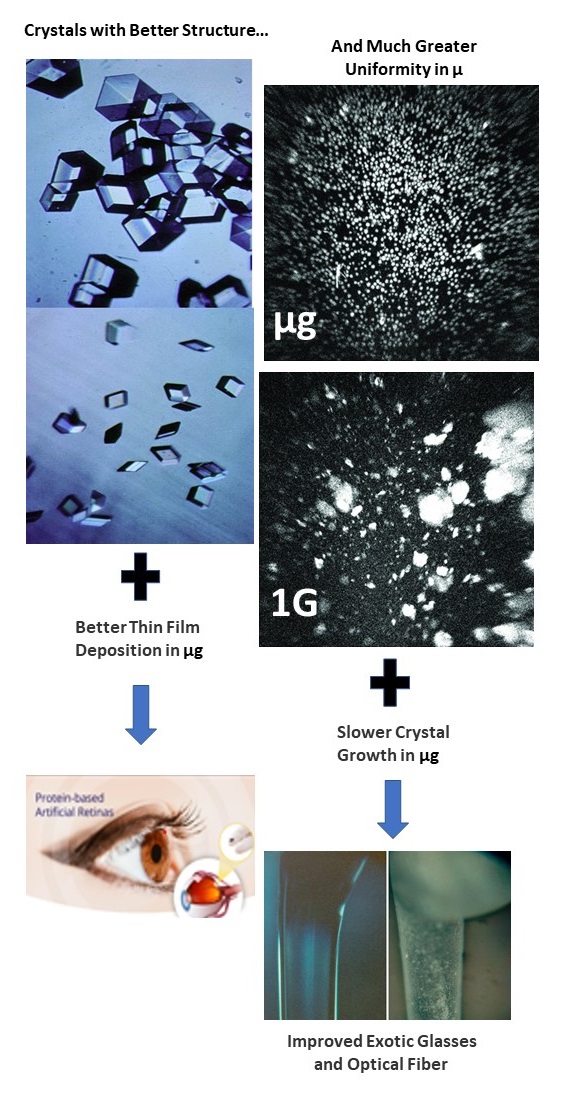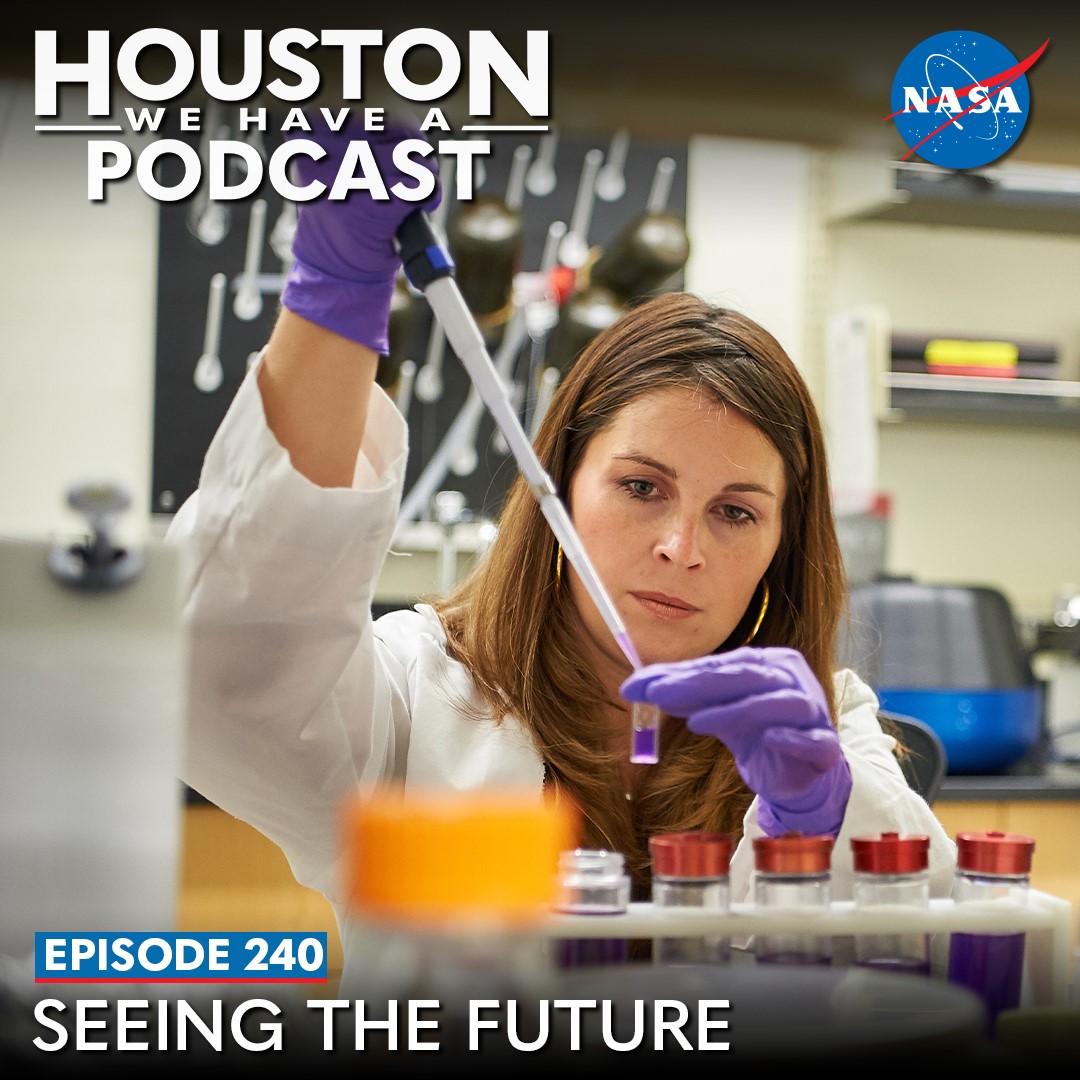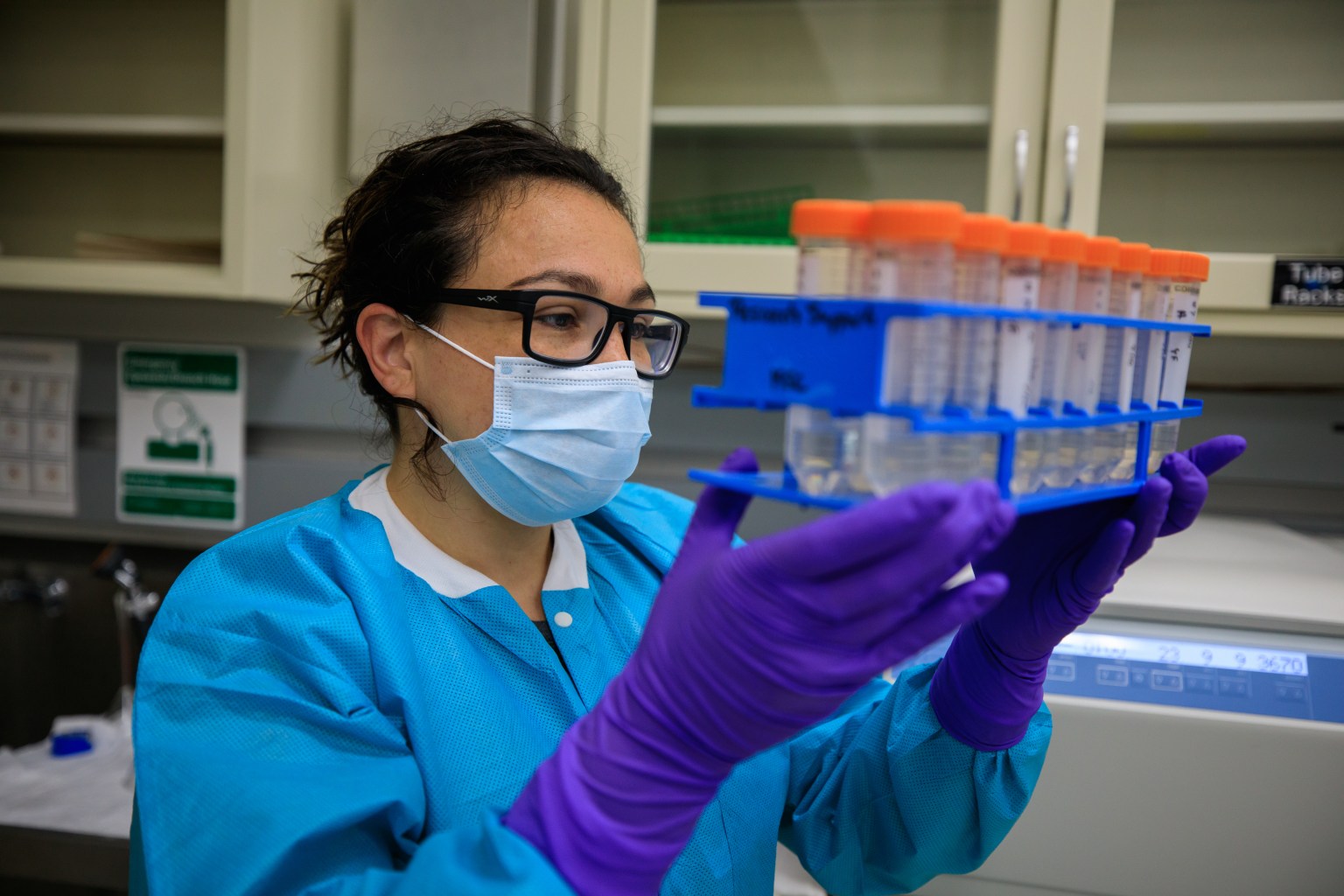International Space Station-applied research and development shows that microgravity can assist in the development of next generation materials in multiple fields, including space, defense, information technologies, communications, medicine, power, green technologies, and a wide range of next generation consumer products. They inform entire classes of new materials and products where researchers seek exceptional precision and quality.
- Microgravity removes convection, sedimentation, and buoyancy that warp and disrupt physical and chemical processes on Earth in 1g.
- In microgravity, diffusion is the dominant process, a gentler mixing that enables more perfect, uniform, and precise structures at the level of individual molecules and groups of atoms, leading to unique alloys and formulations.
- Microgravity also allows surface tension features to dominate for more precise adhesion, contact, and interaction between layers of similar and dissimilar constituents, yielding unique, more complex, and higher quality products.
- International Space Station-applied research and development shows that microgravity can assist in the development of next generation materials in multiple fields, including space, defense, information technologies, communications, medicine, power, green technologies, and a wide range of next generation consumer products. They inform entire classes of new materials and products where researchers seek exceptional precision and quality.
Houston We Have a Podcast: Seeing the Future: On Episode 240, Nicole Wagner describes an experiment that is using microgravity on the space station to test the manufacturing of a protein that could solve retinal blindness. This episode was recorded on March 29, 2022.






























